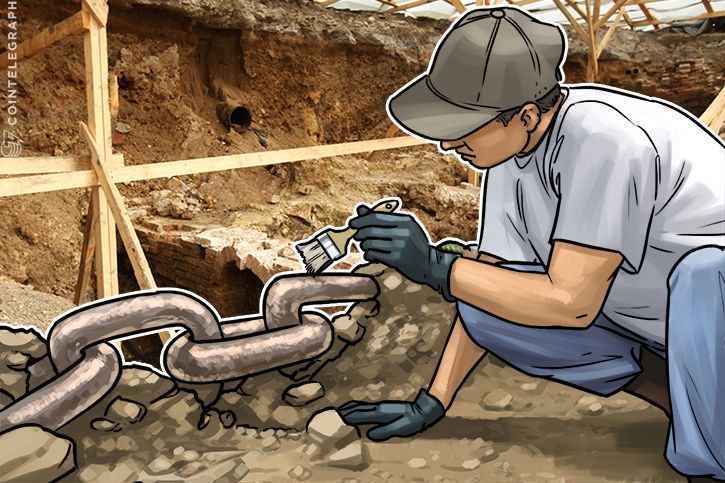Blockchain Might Be Just Copy of Age-Old Money Practice: Opinion

It is said that there's nothing new under the sun, and when it comes to Blockchain that old saying may be true.
Blockchain is transforming various industries such as finance, food and healthcare, because of its publicly available and tamper-proof record keeping.
But is this technology really new? Perhaps not.
Micronesian stone money
The island of Yap sits in Micronesia in the western Pacific, nearly 1,050 miles southwest of Manila. For decades, the Yapese have fascinated economists and anthropologists because of their use of primitive currency known as rai stones.
In terms of size, rai stones range from small coin-like limestones with a hole in the middle, to gigantic discs that weigh up to four tons.
Economic theory says that to be useful, money needs to be universally valued by its users. And the Yapese love their rai stones for two reasons.
First, because Yap island doesn't have any limestone deposits. And secondly, over the centuries the stone money became culturally significant — used as a medium of exchange in social dealings such as marriage, public gatherings and alliances.
Interestingly, what took place in the early days of rai stones parallels the birth of Bitcoin.
Around 700 to 1,000 years ago the Yapese's ancestors traveled via bamboo canoe and raft some 300 miles to Palau island where limestone is abundant.
The Yapese then bartered with the locals and gave them beads, coconuts and other goods for the privilege of quarrying their limestone. Commodity-money was exchanged between the two tribes and the giant discs were brought back to Yap and eventually became a store of value.
The 17th century political philosopher John Locke wrote that while the earth is common property of humankind, when an individual adds their own labor to a foreign object, it becomes their own because they have added their labor.
The Yapese's quarrying of limestone and converting these to rai-stone currency gives us pause regarding the early days of cryptocurrencies. You could say that a small number of miners invested computing resources in order to "quarry" new Bitcoins. Their labor added value to the new currency.
Beauty lies in the eyes of the beholder. In Bitcoin's case, part of its value is derived from the significant labor and cost it took to mine it, as well as, the currency's implied future scarcity, given that only 21 mln units will ever be mined while the global population ever grows.
Back to Yap. Ownership of Yapese's rai stones can be transferred through public acknowledgement and validation. Let's say you wanted to buy a nipa hut. You could verbally transfer ownership of a rai stone without having to move the disc's location.
As long as fellow villagers know about the transaction, your purchase is legit. Kind of like crowdsourced recordkeeping.
Not indicating that the content you copy/paste is not your original work could be seen as plagiarism.
Some tips to share content and add value:
Repeated plagiarized posts are considered spam. Spam is discouraged by the community, and may result in action from the cheetah bot.
Creative Commons: If you are posting content under a Creative Commons license, please attribute and link according to the specific license. If you are posting content under CC0 or Public Domain please consider noting that at the end of your post.
If you are actually the original author, please do reply to let us know!
Thank You!
Hi! I am a robot. I just upvoted you! I found similar content that readers might be interested in:
https://cointelegraph.com/news/blockchain-might-be-just-copy-of-age-old-money-practice-opinion